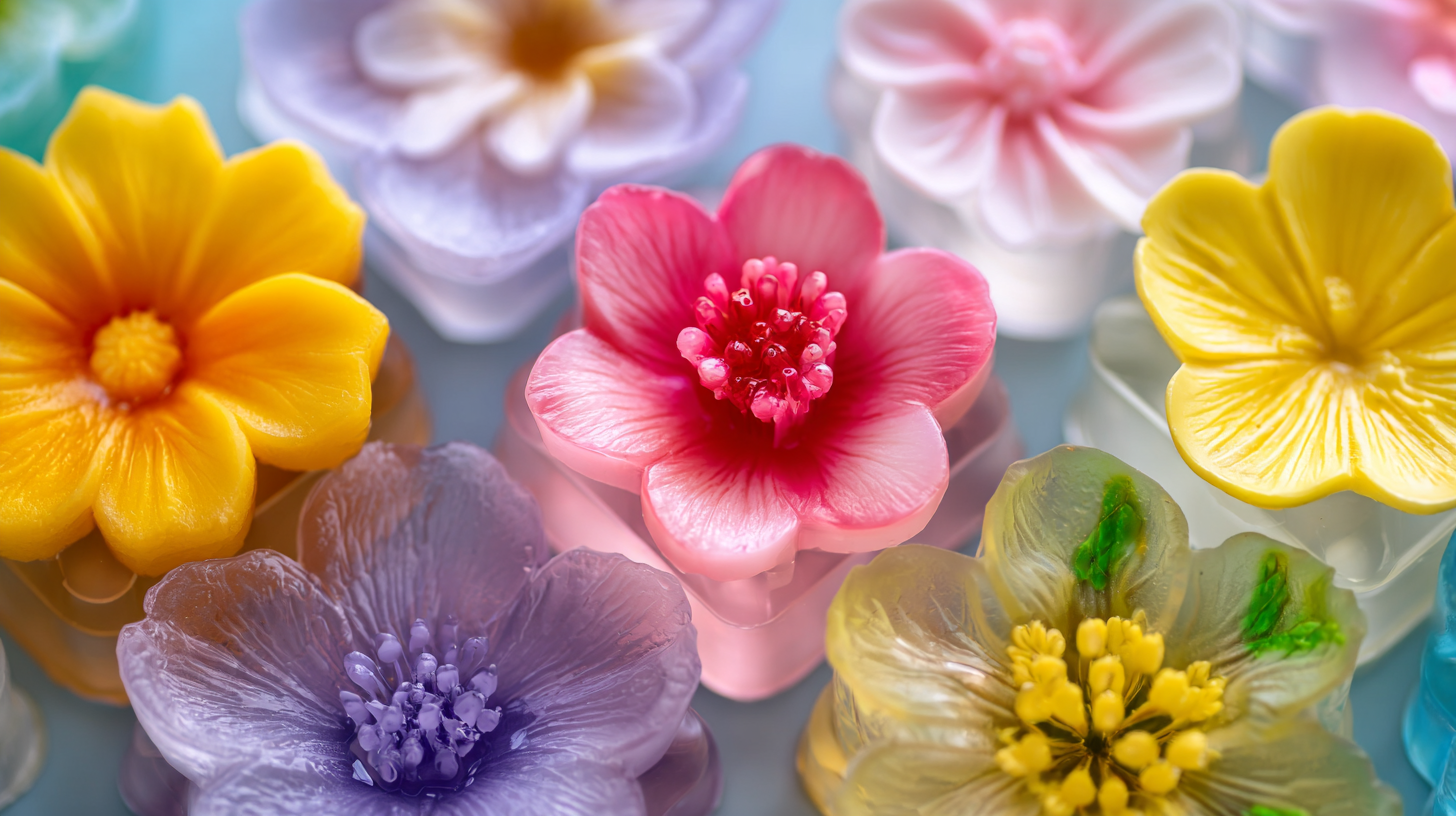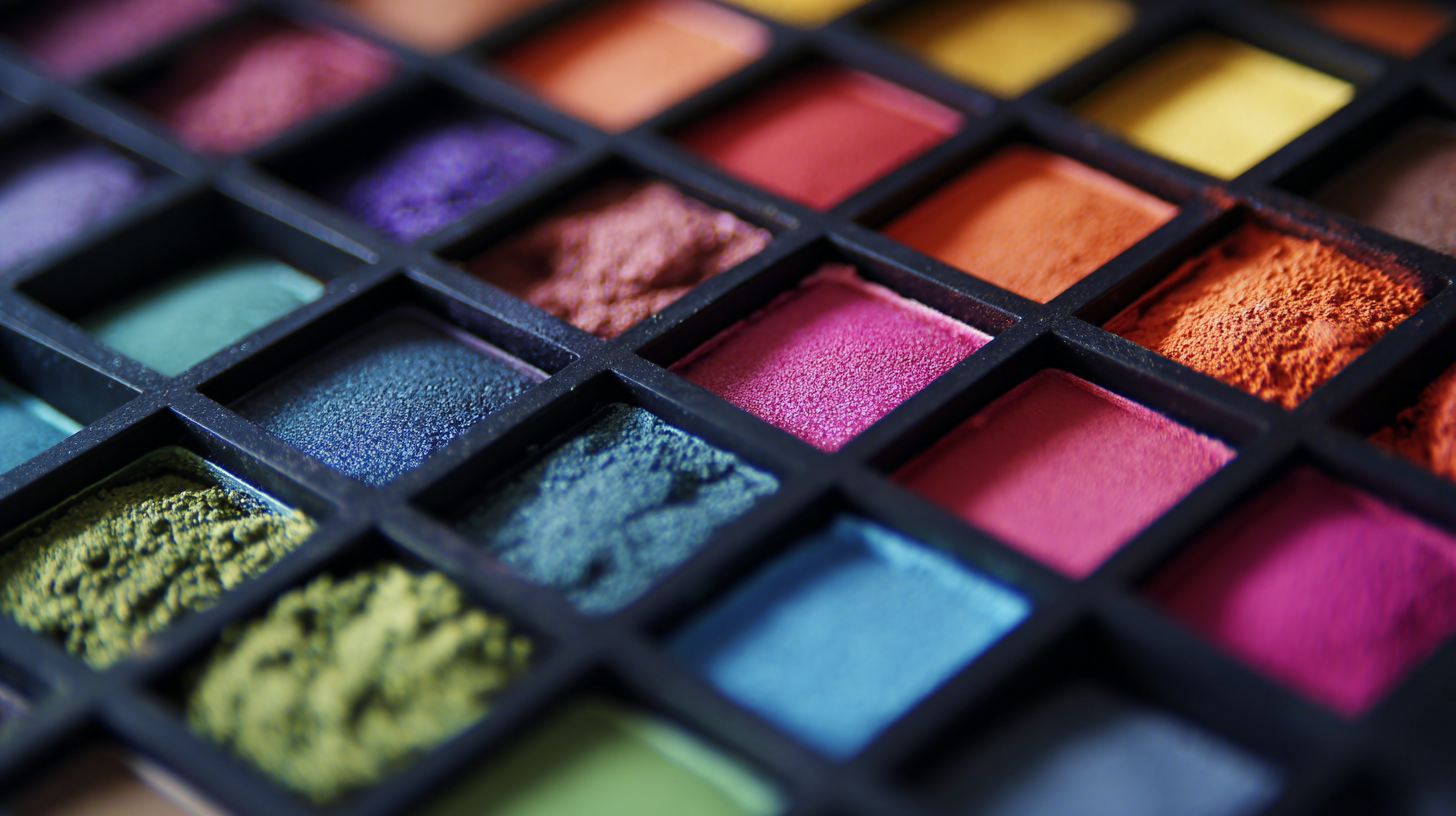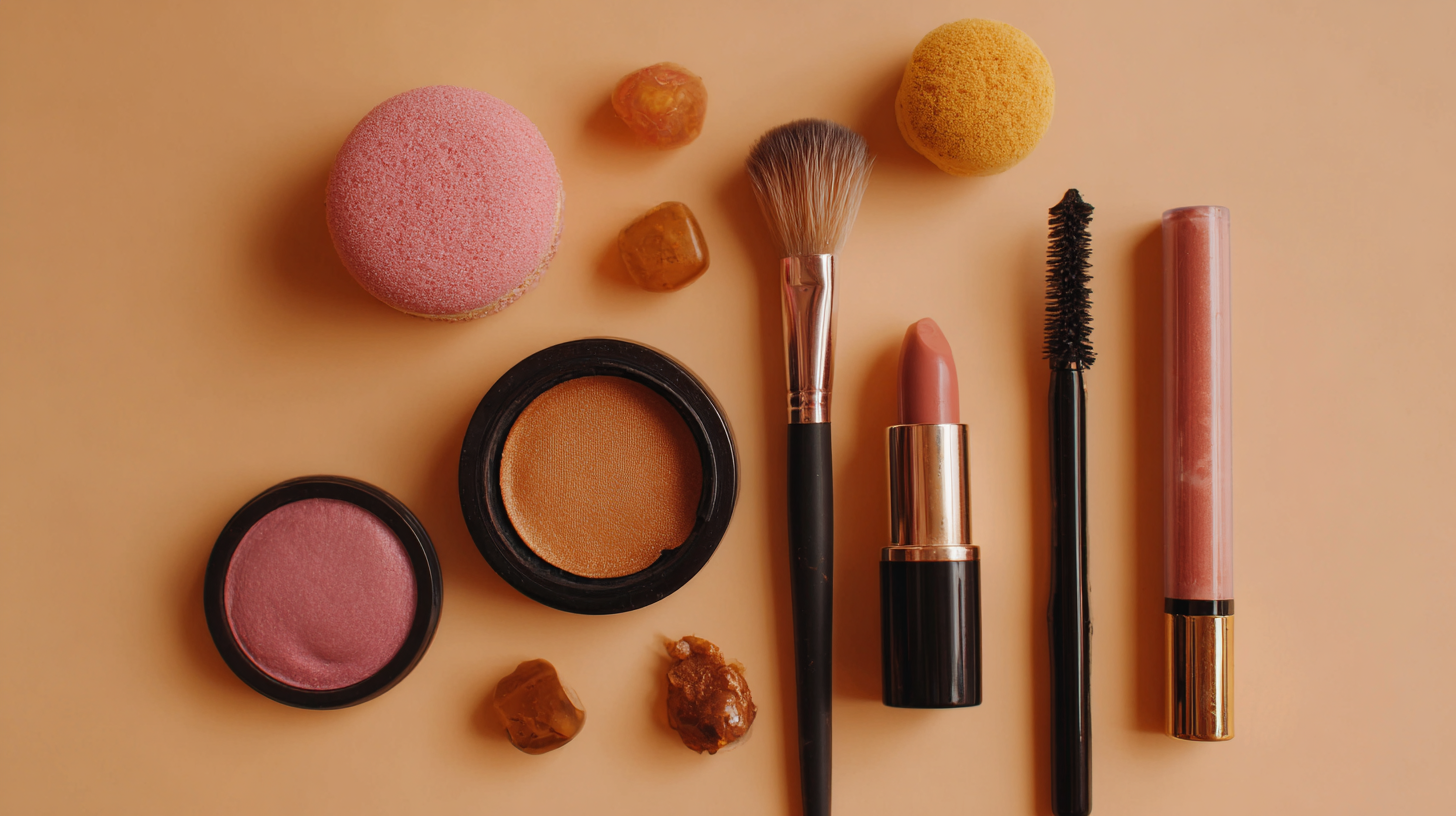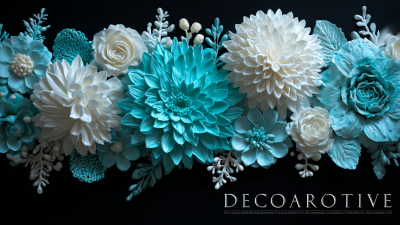Choosing the right cosmetics mold is a crucial step for anyone looking to dive into the world of cosmetic making, whether you're a hobbyist or considering starting a business. With the endless variety of molds available, ranging from simple shapes to intricate designs, understanding how to select the perfect cosmetics mold can significantly impact the quality and appeal of your final products. This guide aims to equip beginners with essential knowledge about the different types of molds, the materials they're made from, and the factors one should consider when making a selection. By exploring the key features that define a suitable cosmetics mold, you will gain the confidence to create beautiful and professional-looking cosmetic items that not only meet your vision but also resonate with your target audience. Whether you're crafting lip balms, soaps, or other beauty products, a well-chosen mold is fundamental to your creative success.

When it comes to creating cosmetics, understanding the different types of molds is crucial for beginners. The most common molds include silicone, plastic, and metal. Silicone molds are particularly popular due to their flexibility and non-stick properties, making them ideal for intricate designs and easy demolding. They are perfect for products like lip balms, solid perfumes, and small soaps, as they can capture fine details and come in a variety of shapes.
On the other hand, plastic molds are typically more affordable and suitable for larger batch productions. They are often used for items like foundation or blush compacts, where uniformity and durability are essential. Metal molds, while less common for home crafters, are valuable for professional use due to their robustness and ability to withstand high temperatures, making them suitable for hot pour processes in cosmetic manufacturing. Choosing the right mold depends on the specific cosmetic product being created and the desired quality, ensuring that beginners can start their crafting journey effectively.

Choosing the right cosmetics mold is essential for those embarking on creating their own beauty products. One of the key factors to consider is the material of the mold.
Silicone molds are popular among beginners due to their flexibility and ease of cleaning, allowing for intricate designs without the worry of breaking. However, for those focused on durability and a professional finish, metal molds can be a great alternative, although they require more care and maintenance.
Another important factor is the size and shape of the mold. Beginners should assess the product they want to create—be it lip balms, soaps, or lotions—and choose molds that cater to these specific needs. Additionally, considering the number of cavities in the mold can impact production efficiency; molds with multiple cavities enable users to produce several items simultaneously, saving time and effort. Thus, evaluating these factors ensures that creators can successfully make the cosmetics they envision.
When selecting cosmetics molds, understanding the materials available is crucial for ensuring product quality and safety. There are several options, including silicone, plastic, and metal, each with its own set of advantages and drawbacks. According to a report by Grand View Research, the global cosmetics market is expected to reach $863 billion by 2024, highlighting the importance of reliable molds in meeting consumer demand for high-quality products.
Silicone molds are favored for their flexibility and ease of use, making them ideal for detailed designs. They can withstand high temperatures, reducing the risk of warping during the manufacturing process. However, they can be expensive and may not be as durable as metal options, potentially affecting long-term investment. Conversely, plastic molds are cost-effective and lightweight but often lack the durability and precision that silicone and metal provide. A 2021 study by Technavio revealed that over 30% of cosmetics manufacturers prefer silicone for intricate designs, given its superior detail replication capacity.
Metal molds are another viable option, offering excellent durability and the ability to produce high-quality finishes. However, they require more complex maintenance and are less adaptable to intricate designs than silicone. Reports suggest that while metal molds might have a higher upfront cost, their longevity can lead to cost savings over time. Evaluating these material options ensures that beginners can make informed decisions that align with their production goals and the long-term success of their cosmetic lines.
Caring for your cosmetics molds is essential to ensure their longevity and a quality end product. First and foremost, always clean your molds thoroughly after each use. This can be done using warm, soapy water and a soft sponge to avoid scratching the surface. Avoid harsh chemicals that can degrade the material. After washing, let them air dry completely to prevent moisture buildup, which can lead to mold damage or improper casting.
Another important tip is to store your molds in a cool, dry place. High temperatures or direct sunlight can warp and distort your molds, affecting the final shape of your cosmetics. Consider using a dedicated storage box or a drawer away from heat sources. Keep them separate from other tools to avoid scratches and contact damage. Additionally, regularly inspect your molds for any signs of wear, such as cracks or discoloration, and replace them as needed to maintain your cosmetic quality.
This chart illustrates the importance level of different criteria to consider when choosing cosmetics molds. Each criterion is rated from 1 to 10, indicating its significance in the selection process.
When selecting a mold for cosmetics, beginners often make several common mistakes that can lead to undesirable results. One frequent error is choosing the wrong material for their needs. Silicone molds are often favored for their flexibility and ease of use, but some novice makers might opt for harder plastic molds, which can lead to difficulties in demolding and potential damage to the product. Understanding the properties of different materials is crucial to avoid such pitfalls.
Another mistake is neglecting the importance of sizing and design. Many beginners may assume that all molds will work interchangeably, but varying sizes can dramatically affect the end product, both in appearance and usability. Moreover, intricate designs might require more advanced techniques than a beginner is ready for—leading to frustration and wasted materials. Ensuring the chosen mold aligns with the specific cosmetic being created is essential for achieving desired results without unnecessary complications.







